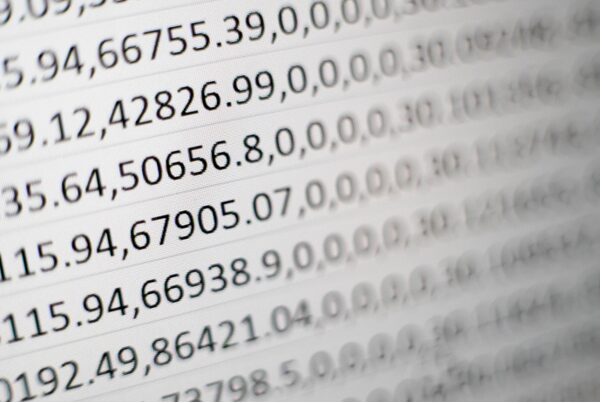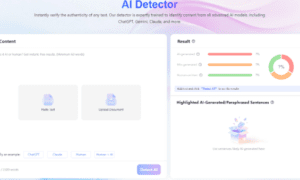Have you ever wondered how apps handle Excel data so smoothly? You might think it’s only for experts, but that’s not true. Reading Excel files in C# is easier than it looks.
With the right tools and guidance, anyone can pull useful data from a spreadsheet and use it in a C# program. This blog post will walk you through each step clearly. By the end, you’ll be able to read Excel files in C# with confidence and purpose.
Understand What Excel Files Are
These files are often saved in the .xls or .xlsx format. They can include numbers, text, dates, or even formulas.
When we read these files in C#, we take the data from the sheet and use it in our own code or program. Before you start coding, it’s important to know how Excel organizes data by rows and columns, similar to a grid.
Choosing the Right Tool
You can’t read Excel files in C# without using special libraries. For working with Excel, a few libraries are very popular and reliable.
These tools help your program open, read, and understand Excel files. Some of the best c# excel libraries for reading and writing spreadsheets can also help you create new Excel files, update old ones, and handle data safely. Choose a library that fits your project needs and supports both .xls and .xlsx files for best results.
Installing the Excel Library
Once you pick a library, the next step is adding it to your C# project. This is usually done with NuGet, a tool in Visual Studio that helps you add packages. You simply search for the library name, click install, and wait for it to be added.
After it installs, your program can now use the library’s features. This step is very important because without the library, your code won’t know how to read Excel files.
Loading the Excel File in Your Code
After the library is installed, it’s time to load your Excel file. This means telling your program where the file is and asking it to open it. Most libraries use just a few lines of code to load a file.
You write code that says the path to the file, then call a method to open it. If the file doesn’t exist or is in the wrong place, the program won’t run properly.
Reading Data from Rows and Columns
Excel sheets are made of rows and columns, so your code needs to loop through them. You tell the loop to go through each row and each cell in that row.
This step is where the real work happens. You take that data and use it however you need-show it on the screen, save it in a database, or process it further.
Handling Common Errors
Sometimes, things can go wrong. Your program might try to read something that isn’t there. You can write code that checks if the file is readable before opening it.
You can also make sure your program doesn’t crash if it runs into an empty cell. Planning for these small problems helps your code run better and smoothly.
Master Excel File Reading
Now that you’ve learned how to read Excel files in C#, you’re ready to take the next step. With just a few tools and the right steps, even beginners can work with real data and build helpful programs. Start with simple Excel files and try reading values from different rows and columns.
Did this guide help you? Browse the rest of this section for more advice on a variety of topics.



































